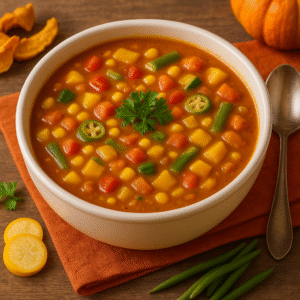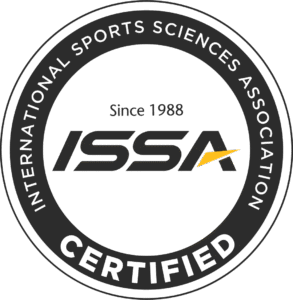DASH Diet
The DASH diet (Dietary Approaches to Stop Hypertension) is a well-researched eating plan designed to help reduce blood pressure and improve overall heart health. Here are the key aspects of the DASH diet:
Focus on Nutrient-Rich Foods: Emphasizes fruits, vegetables, whole grains, and lean proteins. Includes nuts, seeds, and legumes.
Low in Sodium: Limits sodium intake to reduce blood pressure. The standard DASH diet recommends consuming no more than 2,300 mg of sodium per day, with an ideal goal of 1,500 mg.
Rich in Potassium, Magnesium, and Calcium: Promotes foods high in these minerals, which are essential for blood pressure regulation. Examples include bananas, spinach, yogurt, and sweet potatoes.
Low in Saturated Fat and Cholesterol: Encourages lean meat, poultry, and fish, and reduces red meat and full-fat dairy. Recommends using healthy fats like those found in olive oil, avocados, and fatty fish.
Emphasis on Fiber: High fiber intake from fruits, vegetables, and whole grains helps improve digestion and can contribute to heart health.
Moderate in Dairy: Includes low-fat or fat-free dairy products.
Limits Sweets and Sugary Beverages: Restricts the intake of sweets, sugary beverages, and added sugars.

What to know before beginning a DASH Diet






